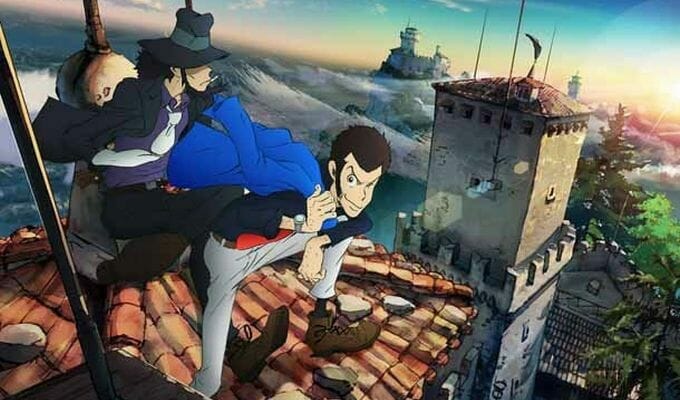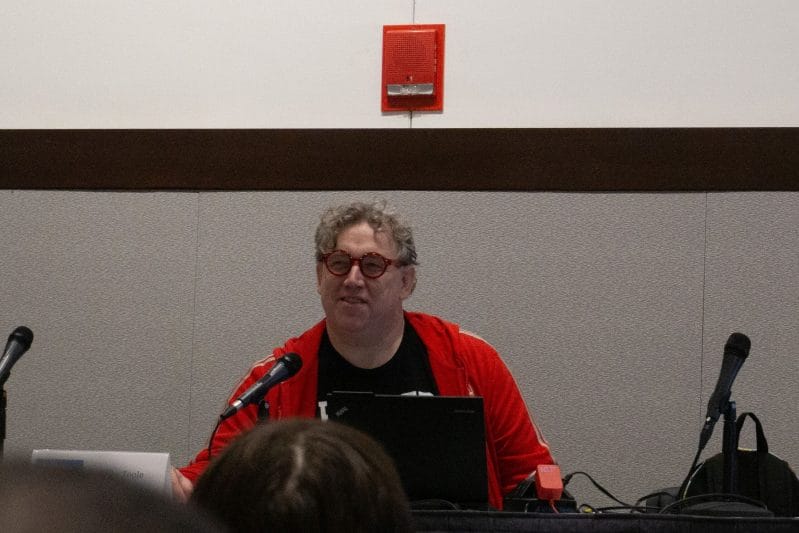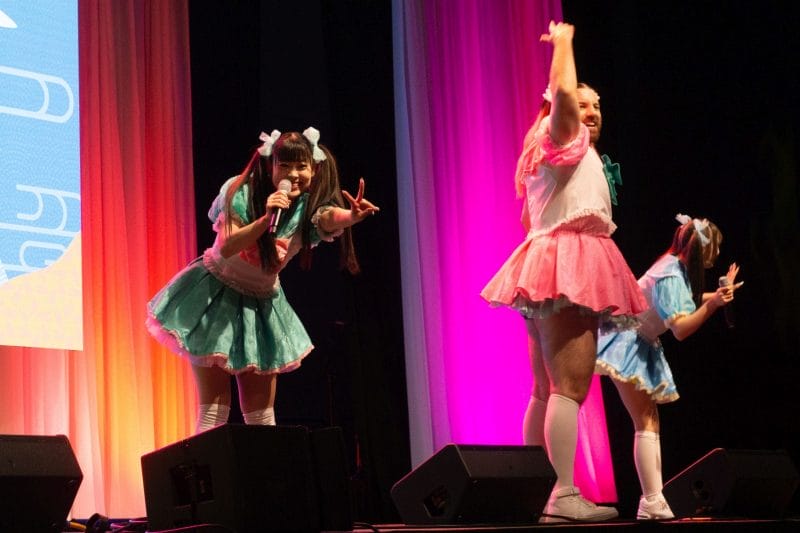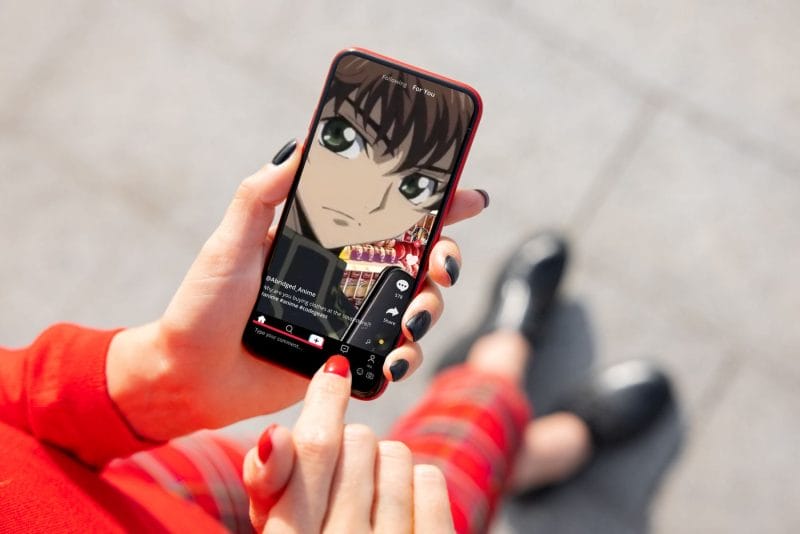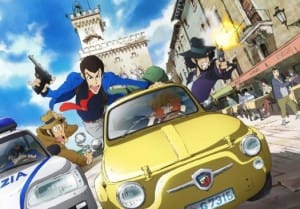 The Life of an Animation Director was Osamu Kobayashi’s second panel at Sakura-Con. And, like the first presentation, Kobayashi’s second panel was carried out primarily as a question-and-answer session.
The Life of an Animation Director was Osamu Kobayashi’s second panel at Sakura-Con. And, like the first presentation, Kobayashi’s second panel was carried out primarily as a question-and-answer session.
The first question posed him was “What are you making now?” Kobayashi explained he was working on the new Lupin III series set in Italy (The Blue Jacket series for those of you familiar with Lupin).
The next question had two parts: “How do you avoid being boring when working on an anime for a general audience,” and “how do you avoid being too niche when creating an anime for a hardcore audience?” Kobayashi explained that he strives to never be boring, and that planning is exceptionally important. He stressed that point, nothing that Evangelion was very well planned. According to Kobayashi, an anime must keep moving forward and stay interesting.

Kobayashi was then asked what inspired him to become an animator, to which he replied “Umi no Triton” (Triton of the Sea).
A brief aside here: If you are not already familiar with Osamu Tezuka, his influence on the world of manga and anime is nothing short of enormous:
Kobayashi-san discussed that he was determined to work in the anime industry, but that it was very hard. It took him seven years to work his way up to being a key animator. That is a specific job title that refers to the animators that work on key frames. In the animation world, “key frames” are the starting and ending points of any smooth motion.
His advice to young animators is to work hard and stick it out for at least three years. The wages for young animators are very low, and you need to be prepared to work under the circumstances for as long as it will take for you to work your way up. The anime industry has had trouble retaining young animators and it needs to work on a long-term solution for this.
The topic shifted to a discussion on the difference between working from light novels versus manga versus original works. Kobayashi’s thoughts:

When working from a manga, you must make sure that any defining characteristics must transfer. The art design will influence the characters. Wacky art allows for wacky characters. You have to take the manga designs into account, and if you get too far away from that the audience will rebel. With original anime, you have a lot more freedom. His strongest work memories are all from original anime, where he got to create the characters and the world.
He went off on a tangent, explaining that very few people are skilled at writing scenarios and dialogue for anime. Those skills are much more common in theater or television. Your scenarios become storyboards, and Storyboards are very important! It’s in this phase that you first discover the weaknesses in your show.
If something is not well thought out, be it a character, part of the story, or part of the art design, it will soon become apparent in the storyboards. This is a time when scripts change, characters evolve, and you start to choose your key frames. He closed saying that there are some very talented key frame animators and, on the flip side, some terrible key frame animators.
While Kobayashi talked at length about his own individual work, he made it clear that any anime is a team effort. One of the reasons Revolutionary Girl Utena was so successful is that many members of the staff were friends with each other, and were very competitive when the show was being created.
Also, he has no idea where the flying horses in the opening came from. Director Kunihiko Ikuhara threw them in after listening to the music and deciding it called for Pegasuses. Seriously.


